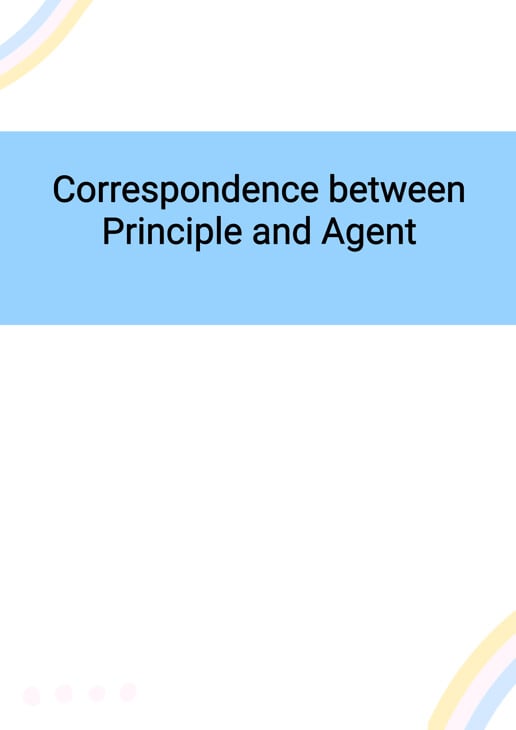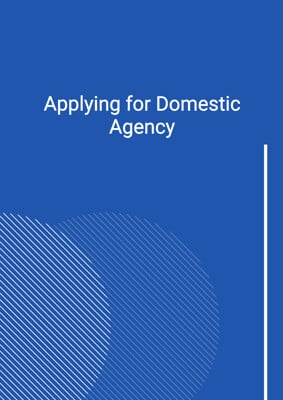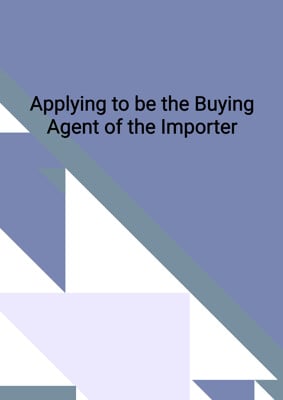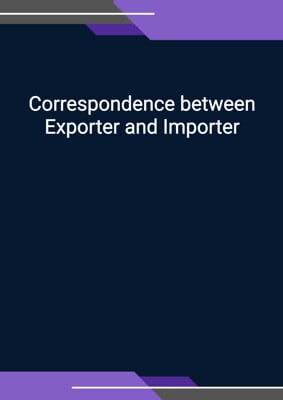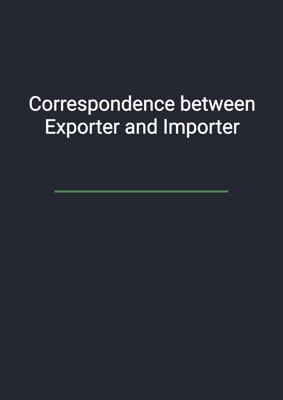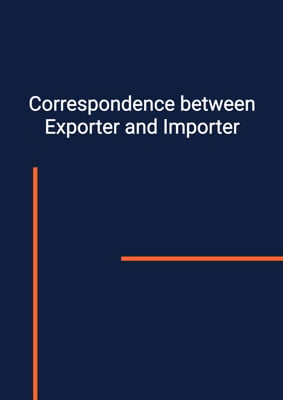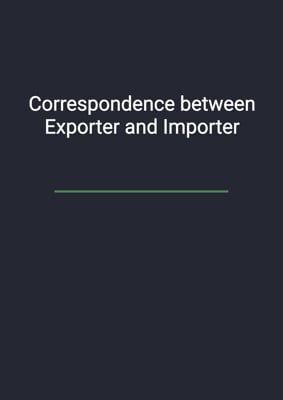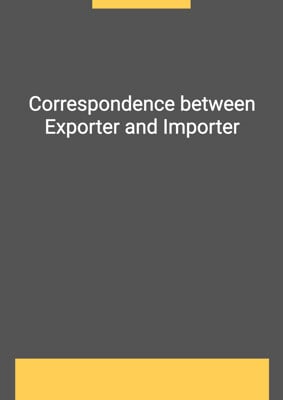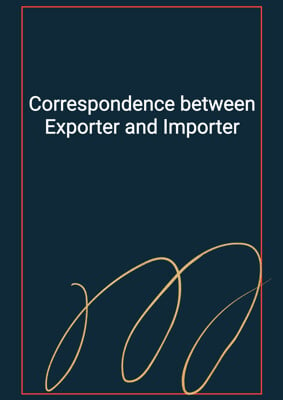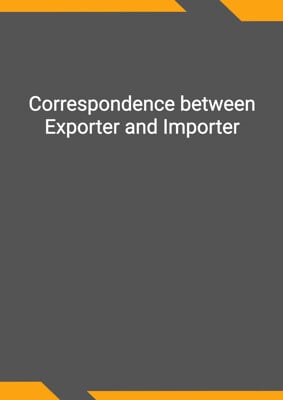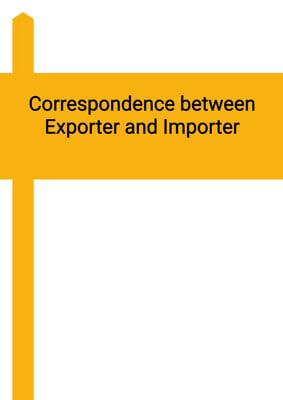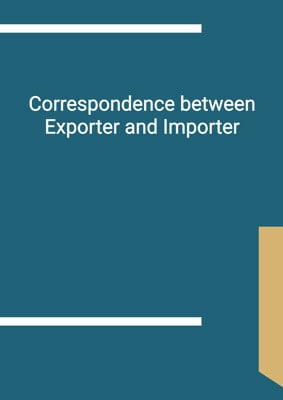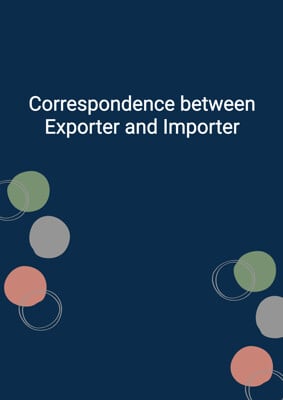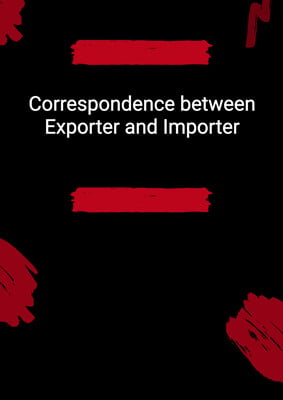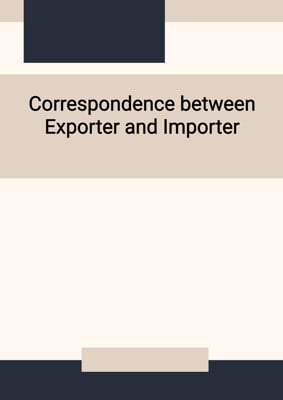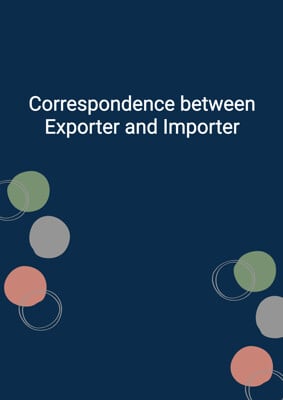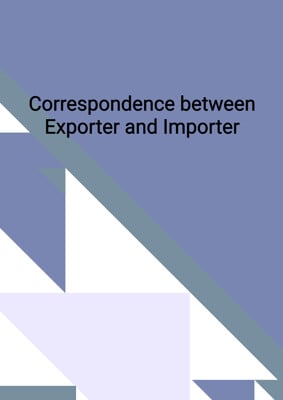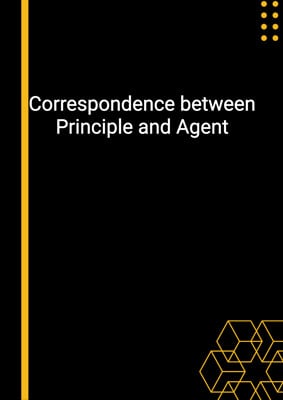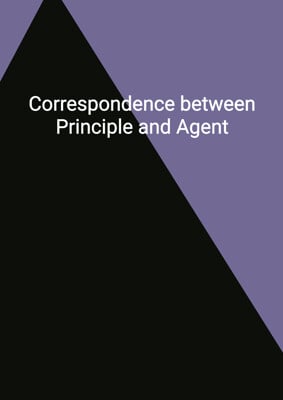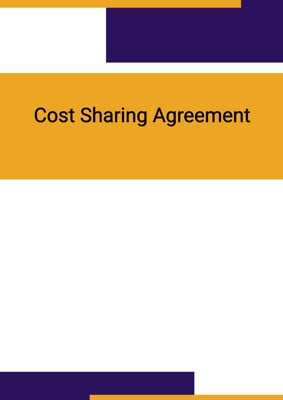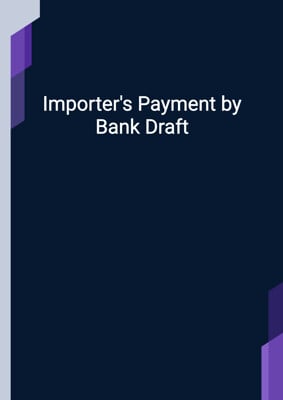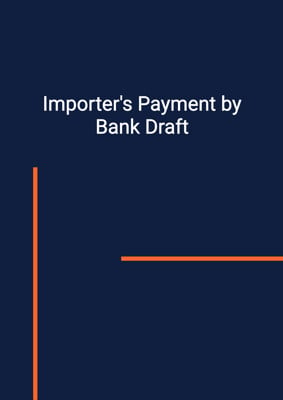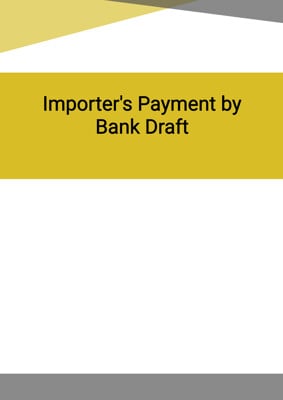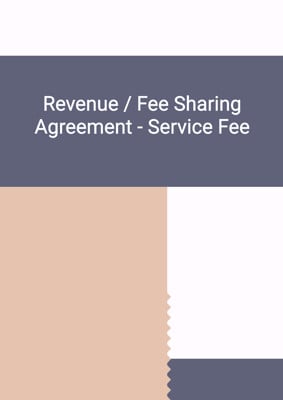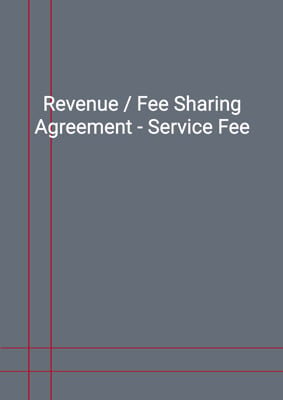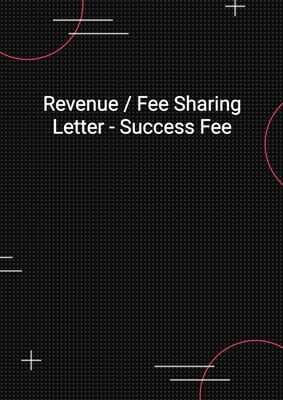How to Tailor the Document for Your Need?
01
Create Document
Click "Create Document" button and the document will be prepared with your account details automatically filled in.
02
Fill Information
Please fill in any additional information by following the step-by-step guide on the left hand side of the preview document and click the "Next" button.
03
Get Document
When you are done, click the "Get Document" button and you can download the document in Word or PDF format.
04
Review Document
Please review the document carefully and make any final modifications to ensure that the details are correct before sending to the addressee.
Document Preview
Document Description
The document titled 'Correspondence between Principle and Agent' is an important document that serves as a record of communication between a principle and an agent. It is used to document the sales and financial transactions between the two parties.
The entire document consists of several sections that provide detailed information about the account, sales, and charges. The document starts with the account information, including the first name, last name, job title, and address of the account. This information helps in identifying the parties involved in the correspondence.
The next section of the document is the date, which indicates the current date when the correspondence is being written. This helps in establishing the timeline of the communication.
The document then proceeds with a salutation, addressing the recipient as 'sir/madam.' This shows respect and professionalism in the communication.
The main body of the document contains the account sales for the month ending on a specific 'endday.' It shows the balance due to the recipient after deducting commission and charges. This section provides a detailed breakdown of the sales, including the quantity, description, price per 100 units in both dollars and pounds, and the total proceeds.
Following the account sales, there is a section that lists the charges associated with the sales. These charges include ocean freight, dock dues and cartage, marine insurance, customs dues, and commission. The total charges are calculated and deducted from the total proceeds to determine the net proceeds.
The document concludes with a closing statement, 'yours faithfully,' followed by the account first name, last name, and job title. This signifies the sender's sincerity and professionalism.
Each section of the document serves a specific purpose and provides detailed information about the sales and financial transactions between the principle and agent.
How to use this document?
To effectively use the 'Correspondence between Principle and Agent' document, follow these steps:
1. Fill in the account information: Enter the first name, last name, job title, and address of the account in the designated fields. This will ensure accurate identification of the parties involved.
2. Specify the date: Replace 'current date' with the actual date when the correspondence is being written. This will establish the timeline of the communication.
3. Address the recipient: Replace 'dear sir/madam' with the appropriate salutation, addressing the recipient by their correct title and name. This will add a personal touch to the communication.
4. Fill in the account sales: Enter the relevant sales information, including the quantity, description, and price per 100 units in both dollars and pounds. Calculate the total proceeds based on the provided formula. This will provide a clear breakdown of the sales.
5. List the charges: Fill in the charges associated with the sales, such as ocean freight, dock dues and cartage, marine insurance, customs dues, and commission. Calculate the total charges and deduct them from the total proceeds to determine the net proceeds. This will give an accurate representation of the financial transactions.
6. Close the document: Replace 'yours faithfully' with an appropriate closing statement, such as 'sincerely' or 'best regards.' Sign off with the account first name, last name, and job title. This will add a professional touch to the correspondence.
By following these steps, you can effectively utilize the 'Correspondence between Principle and Agent' document to document and communicate sales and financial transactions between a principle and an agent.
Not the right document?
Don’t worry, we have thousands of documents for you to choose from:
